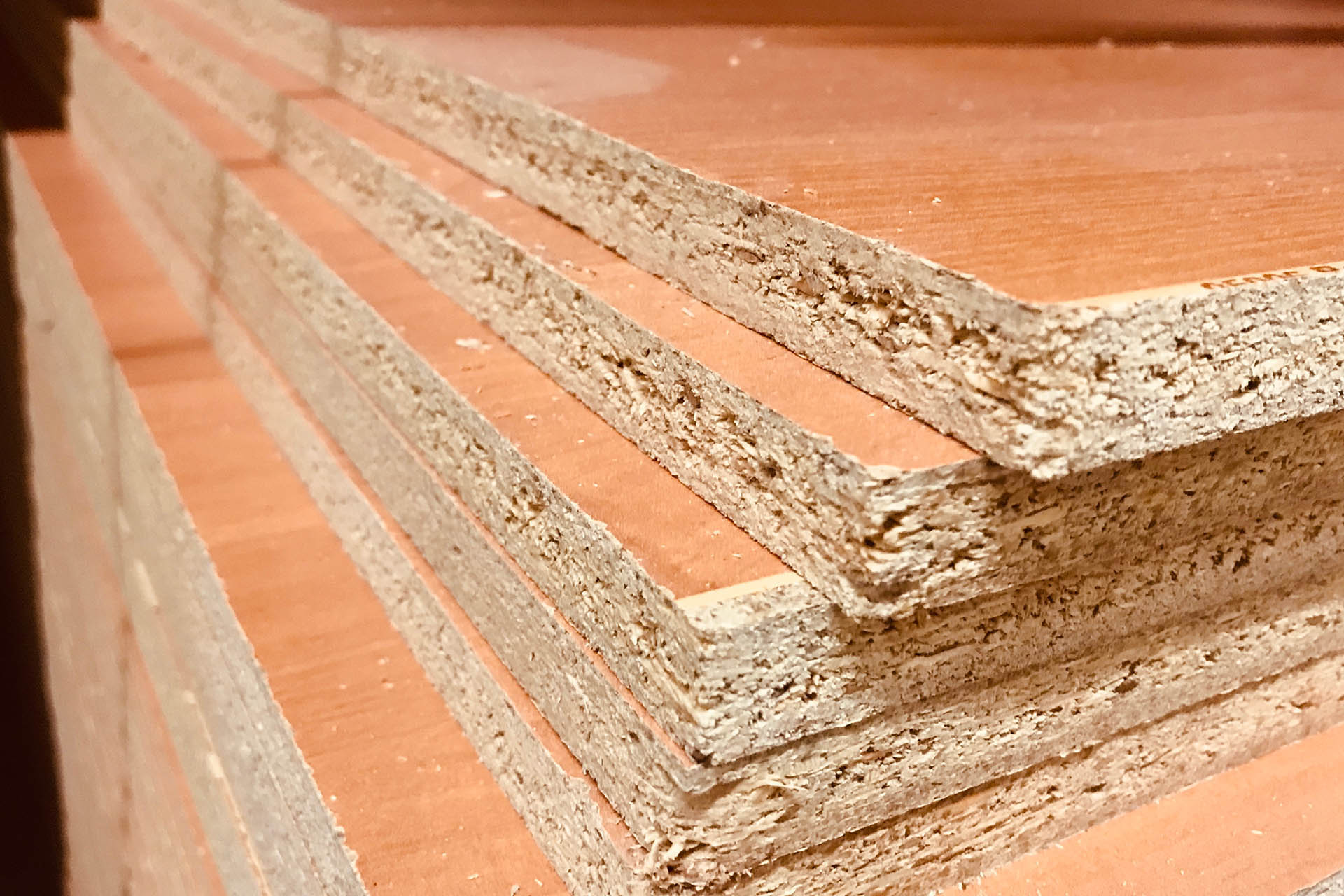The Role of MDF Boards in Affordable Housing Solutions
As India urbanizes rapidly, the demand for affordable housing has never increased. With rising construction costs and limited resources, builders and developers constantly seek cost-effective, durable, and sustainable materials to meet housing demands. One such material that has proven to be a game-changer in affordable housing is Medium-Density Fibreboard (MDF). Known for its versatility and affordability, MDF boards play a critical role in modern construction, particularly in low-cost housing projects.
What is MDF?
Medium-density fiberboard (MDF) is a manufactured wood product created by processing hardwood or softwood residues into wood fibers. These fibers are mixed with resin and wax binders and shaped into panels using high heat and pressure. The outcome is a consistent, smooth board that is easy to manipulate and appropriate for various uses.
Why MDF is Ideal for Affordable Housing
-
Cost-Effective Material: MDF is significantly cheaper than solid wood and even some types of plywood. Its affordability makes it a popular choice in budget-conscious housing projects, where reducing material costs without compromising quality is essential.
-
Versatility in Design: MDF boards can be easily cut, shaped, and customized to fit different design specifications. Whether for cabinetry, wall panelling, or interior partitions, MDF offers flexibility in design, allowing for aesthetically pleasing finishes even in low-cost housing.
-
Easy to Install: MDF is easy to handle due to its lightweight nature, which speeds up the installation process and increases efficiency. This reduces labour expenses and shortens timelines, which are essential for creating affordable housing.
-
Smooth Finish and Paintability: MDF boards have a smooth, uniform surface that takes paint exceptionally well. This allows for high-quality finishes at a lower cost than other materials, enhancing the aesthetic appeal of affordable homes.
-
Environmentally Friendly: MDF is often made from recycled wood fibers and agricultural residues, making it an eco-friendly option. Using MDF in construction reduces the demand for solid wood, contributing to sustainable building practices—a growing priority in affordable housing projects.
Applications of MDF in Affordable Housing
-
Interior Furniture and Fixtures: MDF is widely used to manufacture affordable yet durable furniture such as wardrobes, cabinets, and shelves. Its smooth surface makes it ideal for laminated or painted finishes, giving interiors a polished look without the high cost.
- Wall Paneling and Partitions: MDF boards are perfect for creating interior partitions and wall panelling, providing both functional and decorative solutions. They help maximize space efficiency, which is crucial in smaller affordable housing units.
- Doors and Window Frames: MDF makes doors and window frames. Its strength and uniform density ensures durability, while its smooth surface allows for various finishes to match interior decor.
- Modular Kitchen Units: MDF is popular for modular kitchens in affordable homes. Its resistance to warping and ability to hold screws and fixtures make it ideal for kitchen cabinets and countertops.
Challenges and Considerations
While MDF offers numerous advantages, there are some limitations to consider:
- Moisture Sensitivity: Standard MDF is not water-resistant, which limits its use in areas prone to moisture unless moisture-resistant (MR MDF) variants are used.
- Durability: Although MDF is durable for interior applications, it is not as strong as solid wood for heavy-duty use.
These concerns can be resolved with suitable treatment and specialized MDF types.
Conclusion:MDF boards have emerged as vital components in India's quest for affordable housing solutions. Their cost-effectiveness, versatility, and eco-friendliness make them ideal choices for builders looking to create high-quality, budget-friendly homes. As the affordable housing industry expands, MDF will certainly become more significant in influencing the future of sustainable and accessible living environments.
